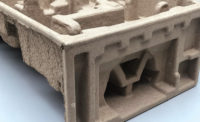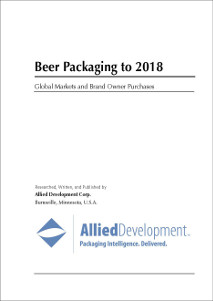 The Webber Energy Group at the University of Texas, Austin has released a new video on a project that converted MRF residue into a viable form of solid recovery fuel. The American Chemistry Council (ACC) assisted with funding the video, entitled, “Trash-To-Treasure: Turning Nonrecycled Waste Into Low-Carbon Fuel”. Listed below are some key points from the video:
The Webber Energy Group at the University of Texas, Austin has released a new video on a project that converted MRF residue into a viable form of solid recovery fuel. The American Chemistry Council (ACC) assisted with funding the video, entitled, “Trash-To-Treasure: Turning Nonrecycled Waste Into Low-Carbon Fuel”. Listed below are some key points from the video:
- Single-stream recycling has been effective in boosting recycling, but even so, material recovery facilities (or MRFs) can’t recycle everything that gets collected. At present, MRFs send 5% to 15% of what they collect to landfills. Much of this material is energy-rich plastic and paper.
- The Webber Energy Group at UT-Austin used this residue to create solid recovery (SRF) fuel pellets. The pellets are made from 60% MRF residue and 40% post-industrial waste. The composition of the fuel is 60% plastics, 40% paper.
- As you’ll see in the video, the SRF created energy, reduced carbon emissions and reduced coal-use in a cement kiln.
- ACC supports the expanded use of new technologies and processes that convert waste that cannot be recycled into energy.
Click here to view the full PDF version of the study.







